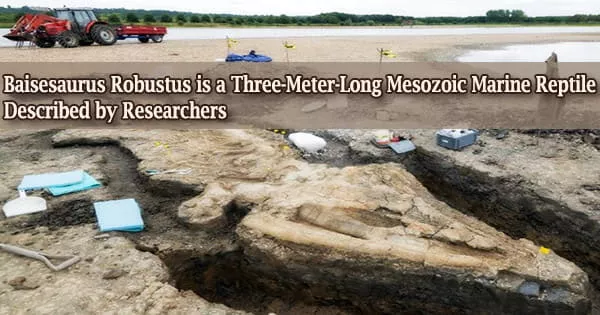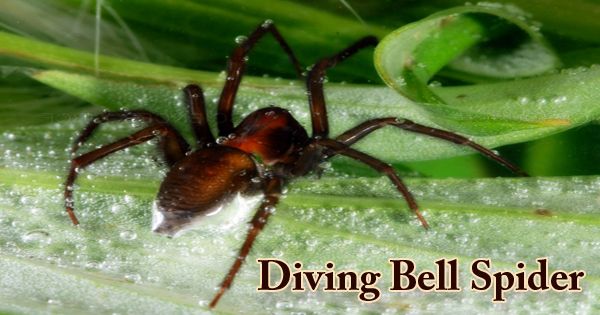Ichthyosaurs are a successful group of Mesozoic marine reptiles with a global distribution, but their evolutionary origin is still unknown. Many new marine reptiles related to ichthyosaurs, known as early ichthyosauromorphs, have been discovered in Early Triassic rocks in recent years, shedding insight on the genesis of ichthyosaurs.
Cartorhynchus, Chaohusaurus, and numerous species of an ichthyosauromorph subgroup known as the Hupehsuchia have been unearthed in a variety of nations, but the majority of them are from China. They are small (approximately 1 meter long) and come from China’s eastern and central areas.
Researchers from China and Canada reveal a new huge early ichthyosauromorph named Baisesaurus robustus from the southwest of China in a recent publication published in the journal PeerJ, extending the known geographic distribution of this group.
In the Zhebao region of Guangxi Province, southwest China, in 2017, Guizhou Geological Survey field crews discovered several vertebrate bones exposed in limestone and asked researchers (Haishui Jiang and Fenglu Han) from China University of Geosciences (Wuhan) to join them in analyzing the specimen.
Jiang and Han determined that the fossil belonged to a marine reptile, possibly an ichthyosaur cousin. The specimen was collected by the collaborative research team in 2018 and prepared at the China Geological Survey’s Wuhan Centre.
The dorsal ribs and gastralia are more similar to those of other early ichthyosauromorphs, such as Chaohusaurus, than to sauropterygians.
Long Cheng
Only the front half of the trunk skeleton remains preserved, comprising some vertebrae and ribs, a limb bone, and abdominal bones known as gastralia. This made categorization challenging, but the researchers compared the specimen to other Early Triassic marine reptiles and eventually recognized it as an ichthyosauromorph.
“The dorsal ribs and gastralia are more similar to those of other early ichthyosauromorphs, such as Chaohusaurus, than to sauropterygians,” said Long Cheng, a coauthor on the study.
In general, Baisesaurus robustus is more closely related to the Japanese ichthyosauromorph Utatsusaurus than to other marine reptiles.
Deep depressions on the sides of the vertebrae and a robust radius with two different joint facets for contact with wrist bones were also discovered, which were not present in other early ichthyosauromorphs.
These new characteristics suggest that the specimen is from a previously undiscovered species called Baisesaurus robustus by the researchers. Furthermore, Baisesaurus was believed to be roughly 3 meters long, making it substantially larger than any other Early Triassic ichthyosauromorph found in China.
Finally, Baisesaurus has a larger radius than many other early ichthyosauromorphs, indicating that it had great swimming ability that may have been employed for long-distance migrations over the Paleo-Tethys’ eastern margin.
“I’m inclined to take Baisesaurus as a reminder that there’s still a lot to be discovered about the tremendous evolutionary explosion of vertebrate diversity that took place in the Triassic,” said Corwin Sullivan, a coauthor on the study. Sullivan is an associate professor at the University of Alberta in Edmonton, Canada, and curator of the Philip J. Currie Dinosaur Museum in nearby Wembley.
















